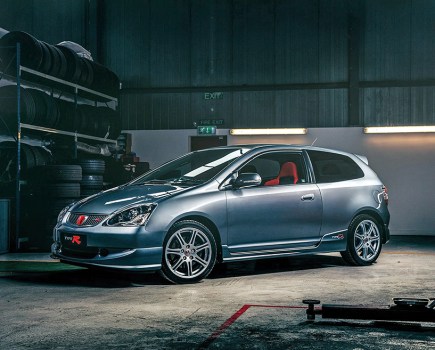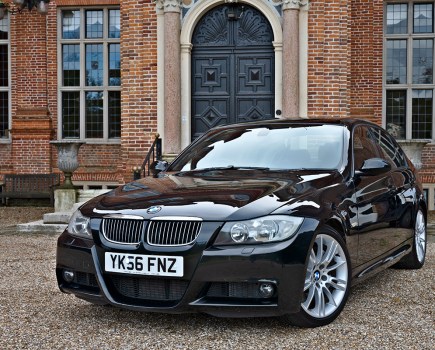Want to know how to make your car faster, but not sure where to start? Here’s why acceleration is key, and what to do to maximize it.
If there’s one thing about car tuning that never gets old, it’s the stupidly fast acceleration. It’s also one of the most useful and usable performance aspects of any car. Top speed? Pretty pointless. Incredible cornering speed? Only useful on track. But acceleration, well you can use that almost anywhere, even without breaking the speed limit!
Faster acceleration is about a lot more than just adding power though, so it’s time to read and learn with this handy guide on how to make your car faster.
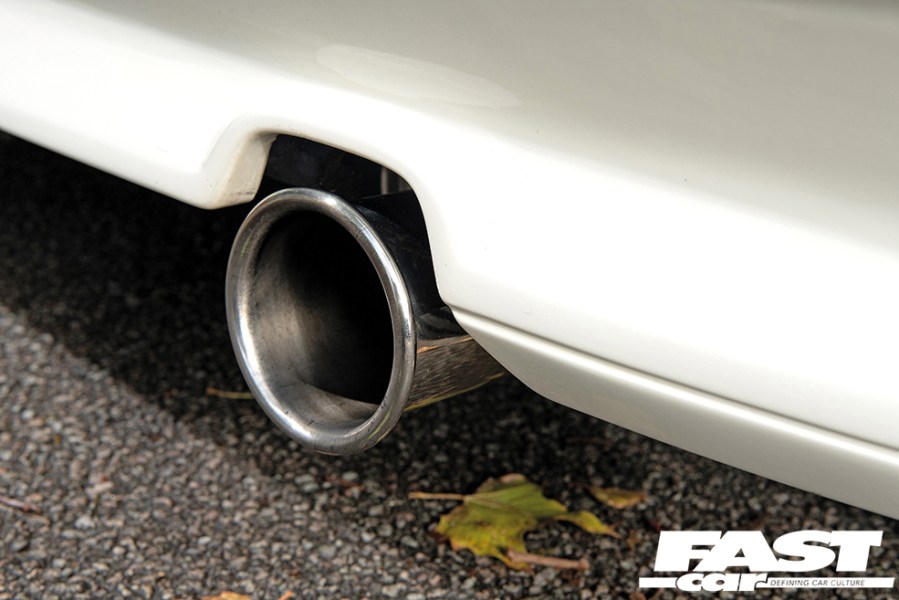
More Power
We all know that one of the ways to make your car accelerate faster is add more power, but what’s the best way to spend your money?
Well first up, be it turbo or naturally aspirated, you can’t go wrong with a performance exhaust system. Don’t just get a cat-back system either, as on turbo cars, the downpipe is the section that tends to give the biggest increase in performance. On N/A cars, meanwhile, a good exhaust manifold is usually a great benefit too.
A remapped ECU is generally another one that’s always a benefit regardless of engine, and while the results on turbocharged and supercharged engines are bigger, even on an N/A engine the differences are almost always worth it.
Beyond these basics, the limits are really only how much you can afford to spend, but acceleration is more than just power, which is what the rest of this feature will show you…
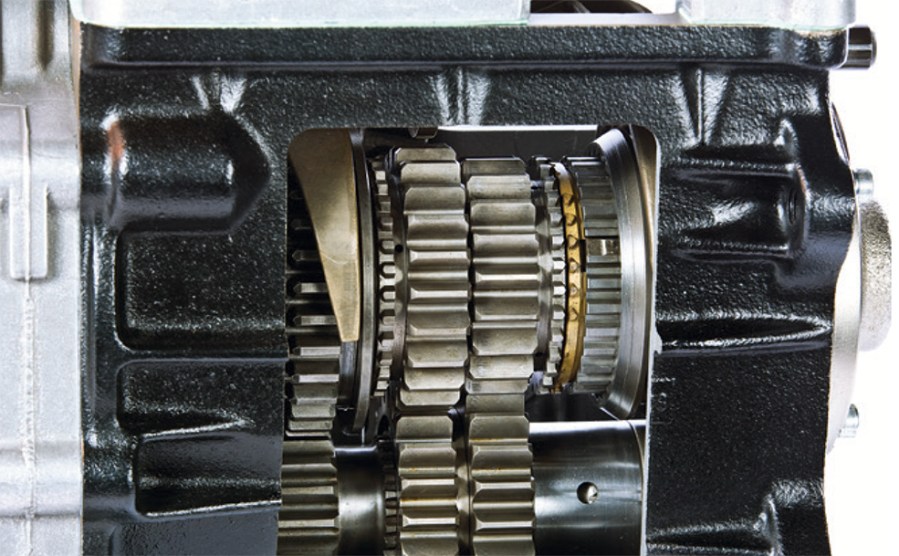
Gear/Differential Ratios
Gearing is give and take, so the more top speed you have in any given gear, the slower it will accelerate. This is why specialist race cars hit the limiter in top gear on the tracks they use, maximizing acceleration.
The difference gearing changes make are unparalleled. It can accelerate like a totally different car, like a car with far far more power. While custom gear ratios are expensive, there are far cheaper options with a similar result.
It’s easiest on a RWD car, as you can leave the gearbox alone and fit a different diff ratio instead, which can often be found from a different model in your car’s range.
For 4WD cars you can potentially do a diff ratio swap again, but as the front and rear diffs both need swapping it tends to be far more complex and expensive.
For most FWD and 4WD cars, a gearbox swap from a different model is your only option without going to an aftermarket gearbox, and while this is possible on some cars, it certainly isn’t on all.
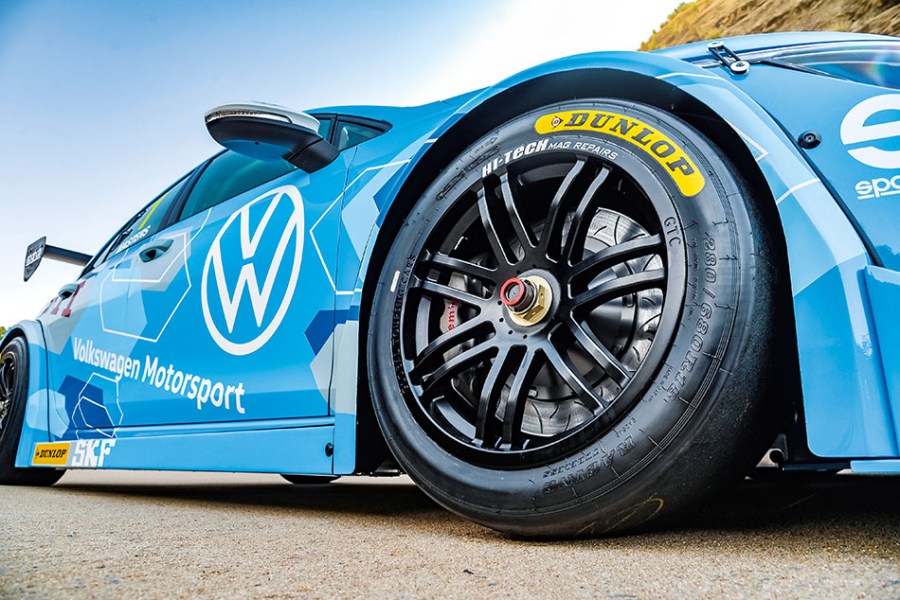
Performance Tires
When it comes to acceleration, spinning isn’t winning. Wheel spinning in the first three gears might make your car feel fast, but if you had sticky tires that put the power to the ground you’ll accelerate much faster.
A set of road legal semi-slick tires, like Nankang’s incredible AR-1, is a good way to achieve this, and the difference in grip versus big brand road tires of the same size in the dry is incredible, but if you’ve got the room to do so, go for a wider tire too. You could also opt for the Proxes R888R tire from Toyo, or ultra-high-performance tires from the big brands offer all-year round performance.

Clutch
We all know clutch slip is bad, but many clutches only slip if you launch them like an animal. Unfortunately the only way you can hit the amazing 0-60 or quarter mile times everyone dreams of is with a hardcore launch, and that needs an equally hardcore clutch.
Generally they’re not so friendly to use in stop-start traffic, and can pass the strain of the power on to other transmission parts, but there’s no two ways about it, if you want to launch your car hard, you need to invest in a serious clutch…
We discussed the benefits of upgrading to a performance clutch with Xtreme Clutch Mechanical Engineer, Stewart Furze. “The major reason for upgrading your clutch is that the vehicle is producing more torque than the factory setup can handle or the vehicle is used in such a way that the original clutch is suffering from excessive thermal loading.” Explains Stewart, “Our upgrades have increased clamping force allowing them to hold more torque than the factory setups.
For very high horsepower applications, upgrading to a multi-plate clutch will provide a significant increase in torque capacity but can make the clutch more difficult to drive on the street. Xtreme Clutch has now designed a range of organic multi-plate upgrades to offer a street friendly multi-plate range for those with very high horsepower street vehicles.”
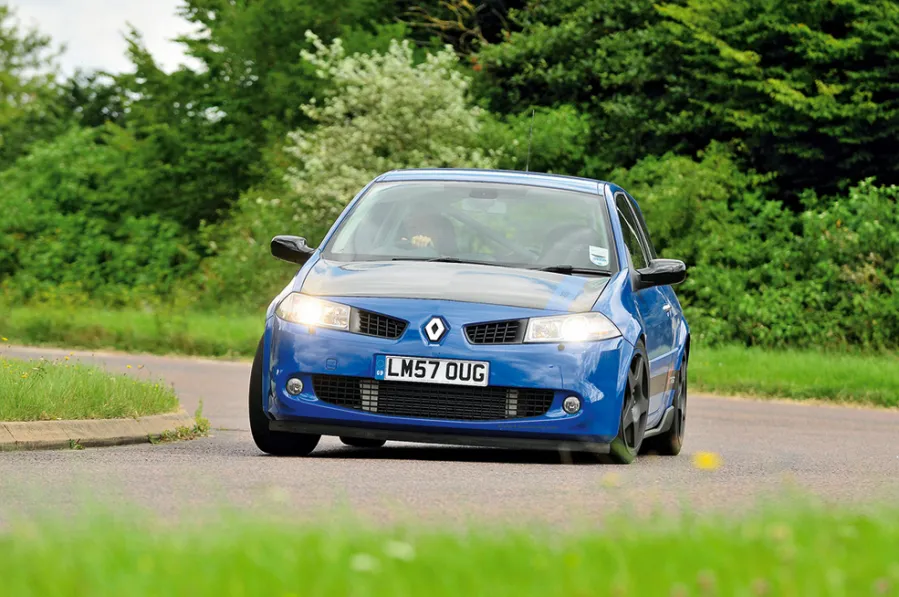
Limited-Slip Differential (LSD)
While the mild altering drug might make you feel like your flying, a limited-slip differential will make your car fly up the road.
A car with an open diff is almost always pretty crap off the line as all the power is spun away through one wheel, and if you’ve got big power this same thing will happen on the roll too.
An LSD forces the power to both wheels, which means massively improved acceleration, and even if the wheels are spinning, both have power to them which gives far more forward acceleration than with an open diff.
Standard LSDs tend to be ok, but for the ultimate in acceleration grip, an aftermarket LSD is a must.
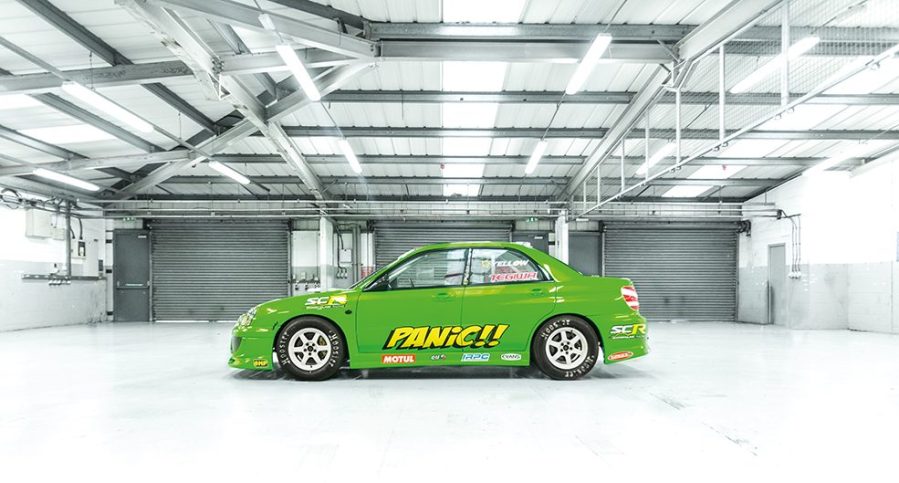
Weight Distribution
Weight over the driven wheels help push the tires in to the ground, increasing traction. This is why FWD drag cars often have as much weight as possible at the very front of the car, and the opposite is also often true of RWDs.
Moving huge amounts of weight around your car isn’t easy on a road car, but be mindful of this point when adding parts or removing parts and you can really make a difference.
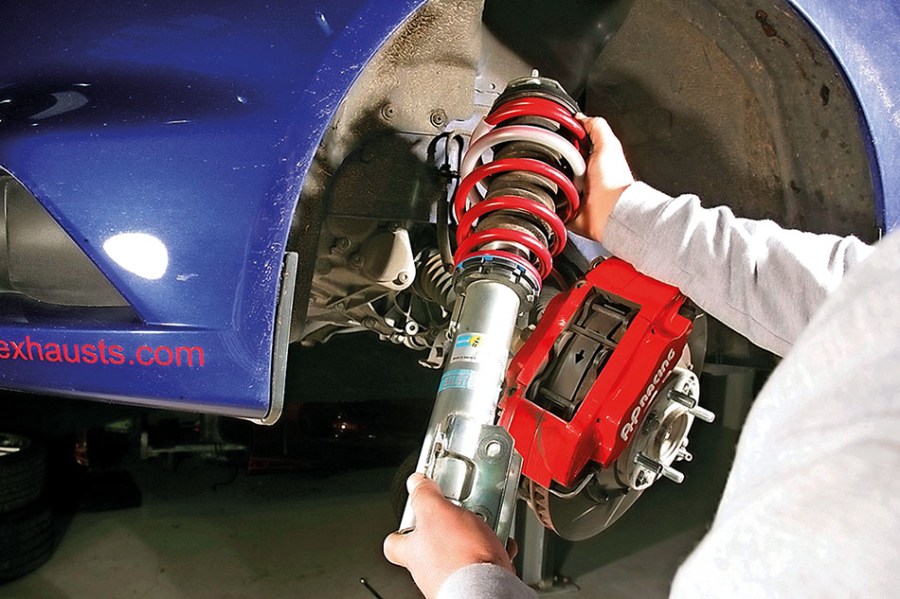
Suspension
When it comes to getting your car away from the line in a hurry, suspension plays a huge part in your ability to launch aggressively and accurately.
Take a look at any sorted drag racer and you’ll notice that suspension is an essential ingredient in its performance, because when you’re trying to get maximum traction, there are a few aspects to bear in mind. Luckily, many of Bilstein’s uprated suspension solutions won’t just make life better in the twisties, but will also make your next trip to The Strip much more fruitful, too – and here’s why…
Weight Transfer
Under hard acceleration, weight (or more precisely, mass) shifts to the rear of the car. This is due to the torque of the drivetrain pushing against the grip of the tires and squatting the rear of the car down. On a RWD or 4WD car this is great news, as it’s effectively adding weight over the driven wheels. On a FWD car, it’s bad news as it’s lightening the front and reducing grip.
The answer here would be to run a set of high-end aftermarket coilovers, which offer ride height, as well as combined bump/rebound adjustment. These can be set to stiffen the rear of a FWD car, reducing weight transfer and keeping more grip at the front. On a RWD or 4WD car, you can adjust both ride height and damper rate to let the car squat at the rate you desire for the optimum launch, too. So, with a little bit of practice and fettling, you can watch those ‘Run-What-You-Brung’ times tumble.
Wheel Hop
We’ve all had that moment under hard acceleration when one or both of the wheels ‘hop’ as the tires lose grip, jump up against the spring and damper, and then fired down again, repeating the cycle. At best, it’s annoying. At worst, it can cause driveline damage, up to and including the driveshaft being dislocated or broken. Improving your damper performance will help you to reduce wheel-hop, maintaining control – and therefore grip.
So, there you have it. Even if you only want to go straight and fast – high quality suspension should still be high on your tuning wish list.
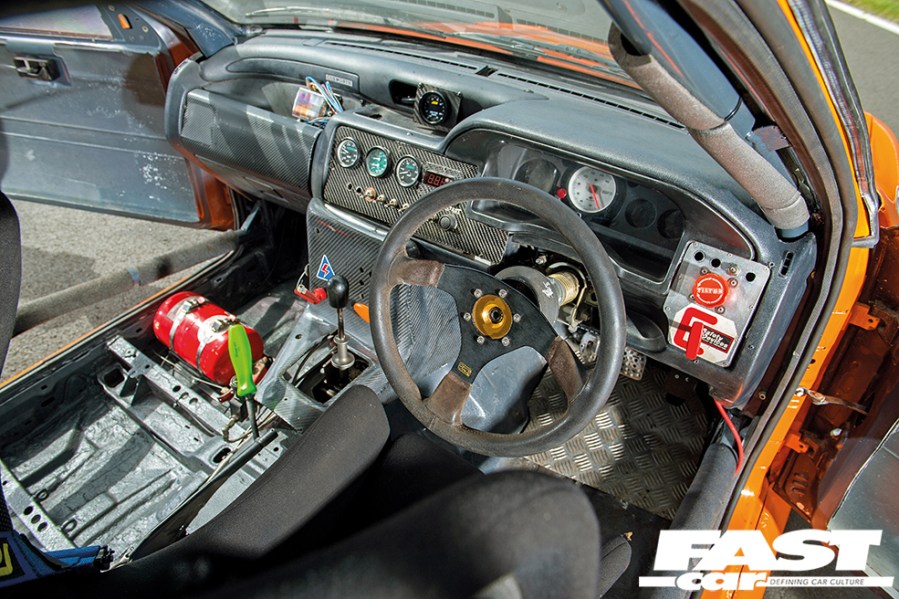
Weight Reduction
Power to weight ratio is key to acceleration of any car. The less weight your engine’s power has to move, the faster it will accelerate. While gearing and even aerodynamics have an effect, from a rolling start, providing both cars have full traction, two cars of the same power to weight ratio will accelerate about as faster as each other, even if one car had a 100bhp engine and another had a 1000bhp engine; hell, it’s why superbikes are so fast despite having less power than most hot hatches.
So the simple thing here is to make your car as light as you can, but do it wisely. Many parts of cars weigh very little but are often removed, such as carpet and rear seats, but many parts often ignored, like heavy wheels, standard front seats, and the sticky under-carpet sound deadening, weigh a hell of a lot in comparison.
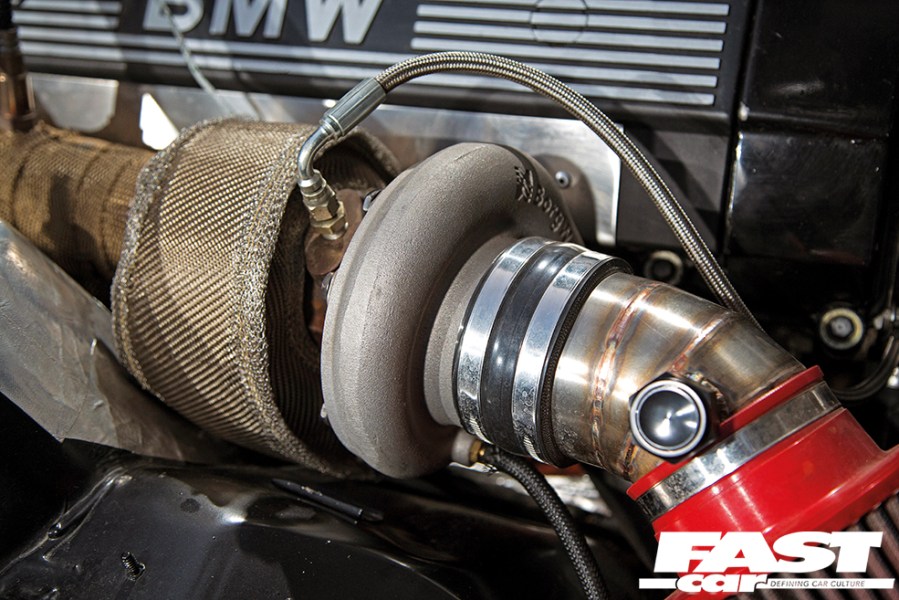
Anti-Lag
If your turbo isn’t at full boost you’re not getting full performance, so you know what you need? Anti-lag! There’s a few variations on this, from the common stuff that works from a standing start only, to ‘rolling anti-lag’ which people use for roll racing, to proper rally anti-lag which can give you full boost literally all the time. The basic result is the same; to get your car on boost when normally at the rpm/speed it would not be, allowing you to accelerate like a rocket the instant you mash the throttle open.
All forms of anti-lag can potentially shorten the life of certain engine parts, and makes a lot of noise too, but it’s so effective that it’s considered vital to be competitive in most motorsports involving turbo cars these days.
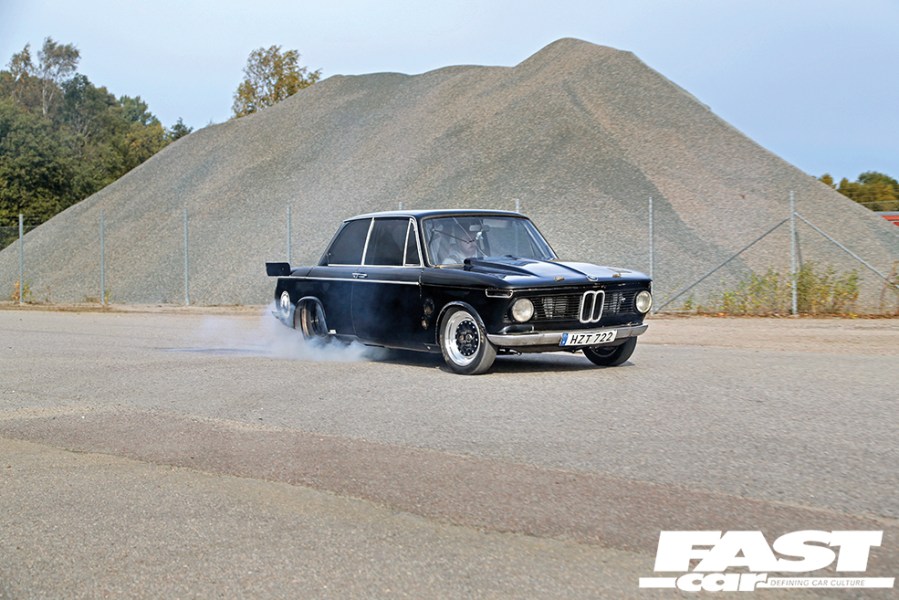
Power Delivery
Big power numbers is one thing, but if your power delivery is rubbish your acceleration will still be poor. While most people think bad power delivery is purely an engine where it’s only got a small high rpm powerband, it goes both ways; if your car has more torque than the tires can handle without spinning that’s will also kill your acceleration.
4WD cars with huge grip can often get away with having incredible torque with no wheelspin, but when grip is a problem, a smoother power delivery tends to be the best for acceleration as it helps prevent wheelspin. Many fast 2WD race cars use centrifugal superchargers as they create that kind of powerband, with a gradual rise in boost as the revs rise, rather than the boost all coming in at once.
Boost by Gear
This is a clever trick used more and more on tuned turbo engines. This is limiting the car’s boost pressure, and therefore power level, to lower numbers in lower gears, helping to reduce wheelspin, as grip but less power tends to be faster than big power but big wheelspin.
You need an ECU that supports this function, but it means you can increase your boost every time you shift up, making the most of the available traction in each gear.
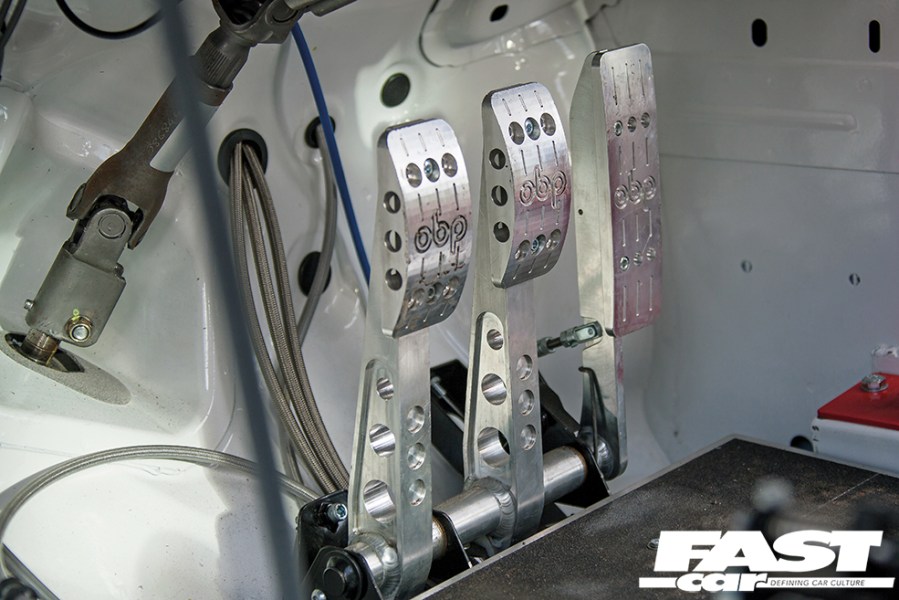
Faster Shifting
A typical manual gear change takes something like 0.5-0.8 seconds, which is a serious amount of time when you think about it. Many cars will change gear three times even in a quarter mile drag run; which could mean upwards of 1.5 seconds wasted while you change gear.
Aside from practicing your fast gear changes, quick shift kits can transform the speed you can change gear in many cars, and if you’ve got the money for it, a gearbox swap to a dog box, sequential box, or twin clutch box, will truly transform gear speeds. Some trick gearboxes can change so fast you barely notice, literally 0.01 of a second; meaning your quarter mile time for example could drop by over a second without any other changes!
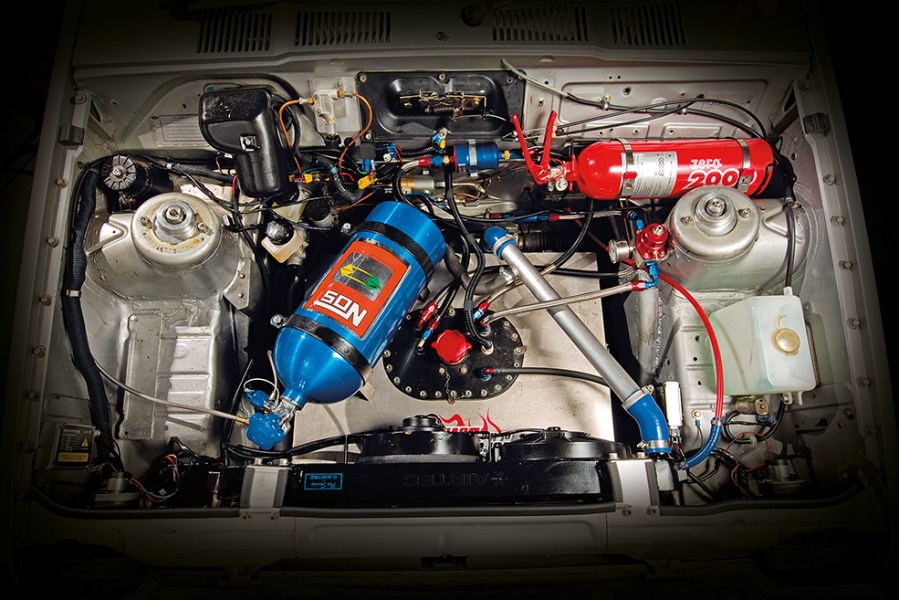
Nitrous
This could be in the power or the anti-lag section, so rather than mentioning it twice, nitrous oxide and it’s ability to create huge differences in acceleration gets its own section.
A good nitrous kit can easily double the power of even the most un-tunable engine, and with some drag cars running literally many hundreds of bhp worth of nitrous, it’s well proven to be hugely effective.
The second way it can transform acceleration is as an anti-lag system for turbo cars. A small hit of nitrous will bring even a big turbo to full boost very quickly. As such, even nitrous that’s set to switch off above a certain boost level (so won’t increase peak power) will hugely improve the acceleration of a lot of turbo cars.




